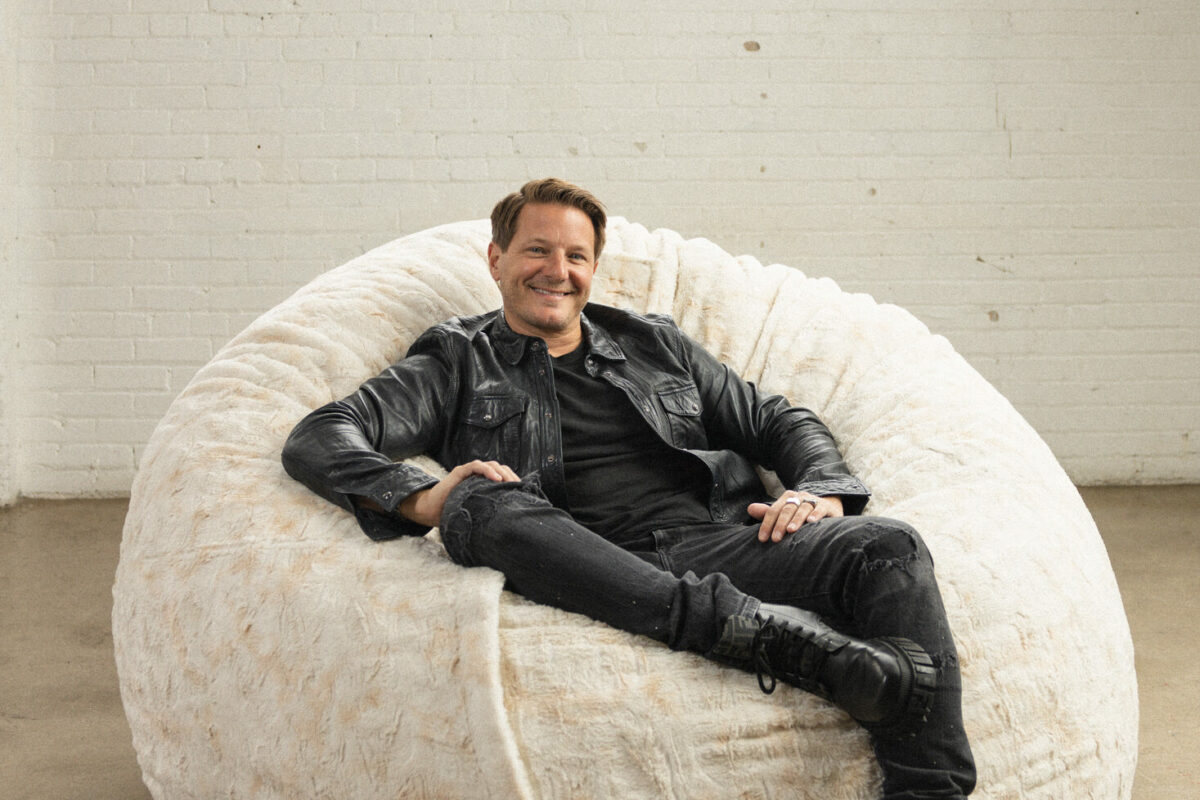The marketer who is bored with the world’s 4th largest retailer is bored with life. If you have been into a Tesco store recently, you will already have seen a new line gracing its aisles. The ‘discount brands at Tesco’ range has been hailed by chief executive Terry Leahy as the biggest change in the brand’s offering in more than a decade.
The range includes 34 brands across 400 categories. Among them are Country Barn cornflakes, Mermaid Buy fish fingers, Gold Sun vitamins and Shanghai Garden sauces. According to commercial director Richard Brasher, Tesco has seen ‘an opportunity between the various levels to make sure there is a different proposition for consumers’.
In the ‘good, better, best’ own-label triptych that Tesco made famous, the discount range is priced above its Value line, but below branded offerings.
The products look more Aldi than Tesco. The German retailer has traditionally avoided using its own brand name on any of its products, instead using a house of brands architecture featuring two-dimensional brand names such as Tundra Bleach and Golden Nectar Honey, which it invents with the help of the major manufacturers who supply the products.
This approach is typical in Germany, where the name of the store is rarely used on private-label goods. The array of brand names also helps foster the illusion of choice in a store that usually contains fewer than 1000 stock-keeping units, of which 95% are Aldi own labels.
Tesco’s traditional approach has been very different from Aldi’s. Like most British retailers, it has used a branded house architecture, using the Tesco name on everything from its Value line to its Finest offering. However, the supermarket’s latest line is clearly a fighter brand range designed specific-ally to replicate and compete with Aldi.
This is a remarkable turn of events because the standard line on fighter brands – those created at a different price point to target a particular competitor – is that they almost always fail.
In business school, we teach the use of fighter brands as a defunct strategy. They invariably cannibalize the owner’s higher-priced products rather than stealing share from the offerings of its intended target.
Of course, Tesco is no stranger to successfully flouting business-school theories. Fifteen years ago, it defied analysts’ dire predictions by successfully launching its Value private label. It repeated the achievement by launching Tesco.com, not with a multimillion-pound ware-house system, but instead using its own stores. Last year, it bucked logic with the roll-out of its Fresh and Easy concept in that bastion of hard retail, the US. Usually, then, when Tesco does some-thing unexpected, it is because it knows what it is doing.
Despite this record, Tesco is clearly worried by Aldi. Research firm CACI recently pointed out that almost 80% of Tesco’s sales come from areas in which Aldi and Lidl are not represent-ed. As the German brands open more stores, Tesco’s customer base is under threat. Internally, Aldi is confident it can lure Tesco’s shoppers away.
For both Tesco and Sainsbury’s, the challenge posed by the recession is to avoid M&S’ fate. They must not get caught in the middle of the market, where consumers are trading down at an alarming rate. This is what Brasher meant when he observed that the ‘center of gravity in the market-place’ had moved in recent months. Tesco is attempting to pre-empt an attack on its customer base by becoming more Aldi than Aldi, while retaining its original Tesco strategy, too.
Hmmm. Like I said, we teach this as a failed strategy in business school.
- In 2003, Delta Airlines launched Song, a low-price airline intended to capitalize on tourist traffic on the Eastern coast of the US. Song represented a fightback against JetBlue Airways, a successful bargain airline, but in 2005, faced with rising costs and falling passengers, Delta was forced to close down the venture.
- In 1997 Coca-Cola launched Surge to take on PepsiCo’s Mountain Dew. After initial success, sales fell. The brand was withdrawn in 2002.
- Woolworths introduced a range of fighter brands aimed at preventing Aldi’s successful arrival in Australia in 2000. The line comprised 160 items, each with its own pseudo-brand in the style of Aldi. Two years later, it was withdrawn. Aldi is now well-established and growing in Australia.
- Bernie Brooks, Woolworths’ general manager of marketing, concluded in 2002: ‘I think it demonstrates that while we are good at retailing, we are not particularly good at marketing brands, and that’s not our core proposition.’
The Blake Project Can Help: The Brand Positioning Workshop
Branding Strategy Insider is a service of The Blake Project: A strategic brand consultancy specializing in Brand Research, Brand Strategy, Brand Licensing and Brand Education




